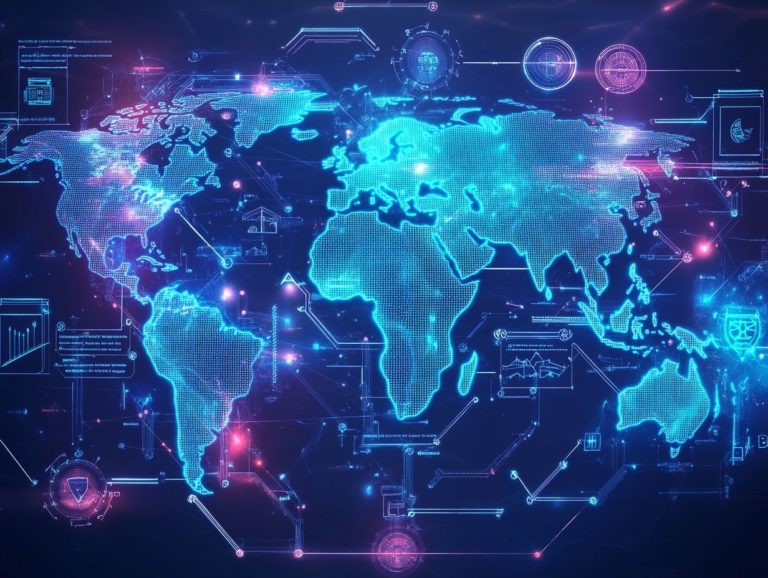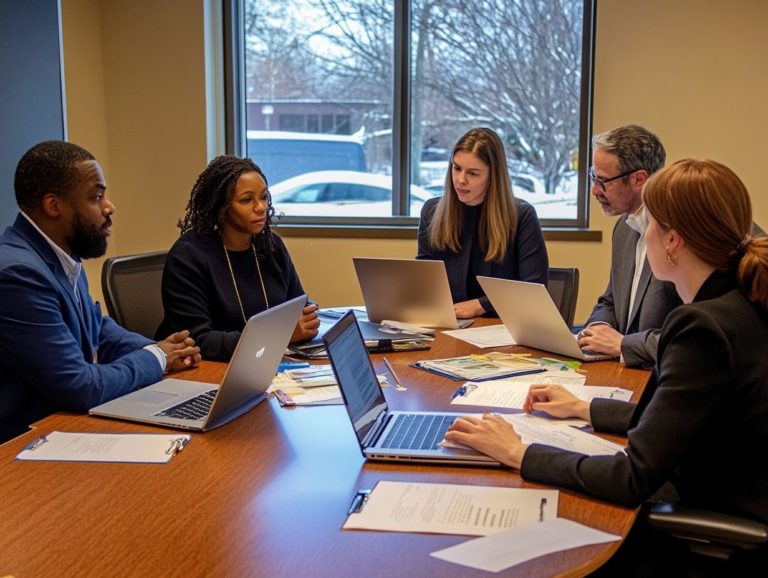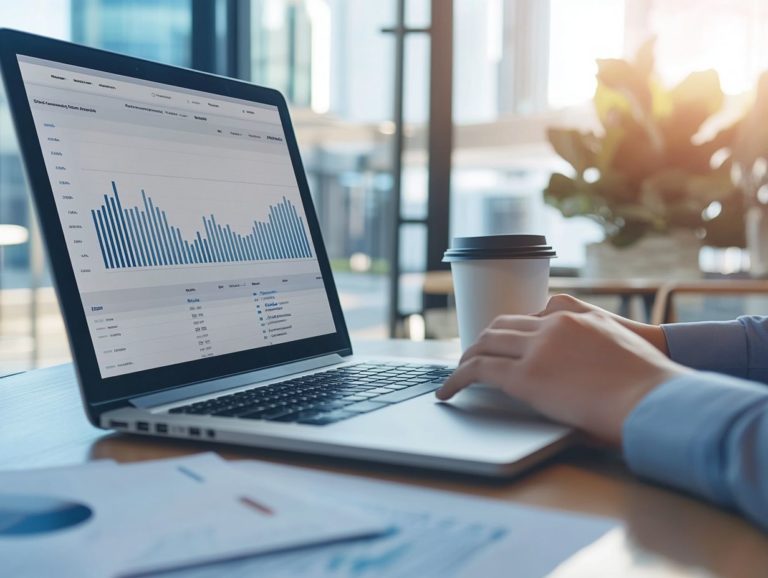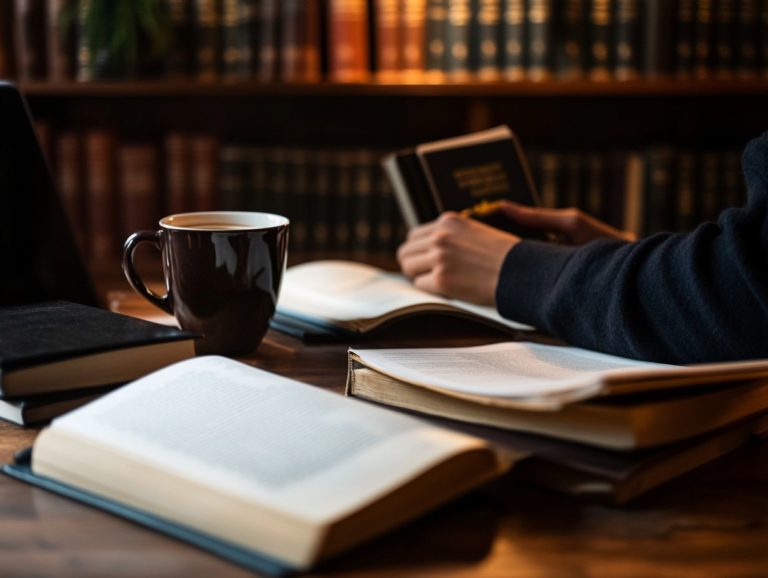What Is the Role of Copyright in Software?
Copyright is essential in the realm of software, acting as a legal shield that safeguards creators’ rights while promoting innovation.
This article delves into the nuances of copyright, exploring its definition and purpose, as well as the specific elements of software it protects.
You’ll gain insights into how copyright impacts software development, collaboration, and innovation.
It also examines alternatives, such as open-source licensing. Discover how copyright is revolutionizing software development!
Contents
Key Takeaways:
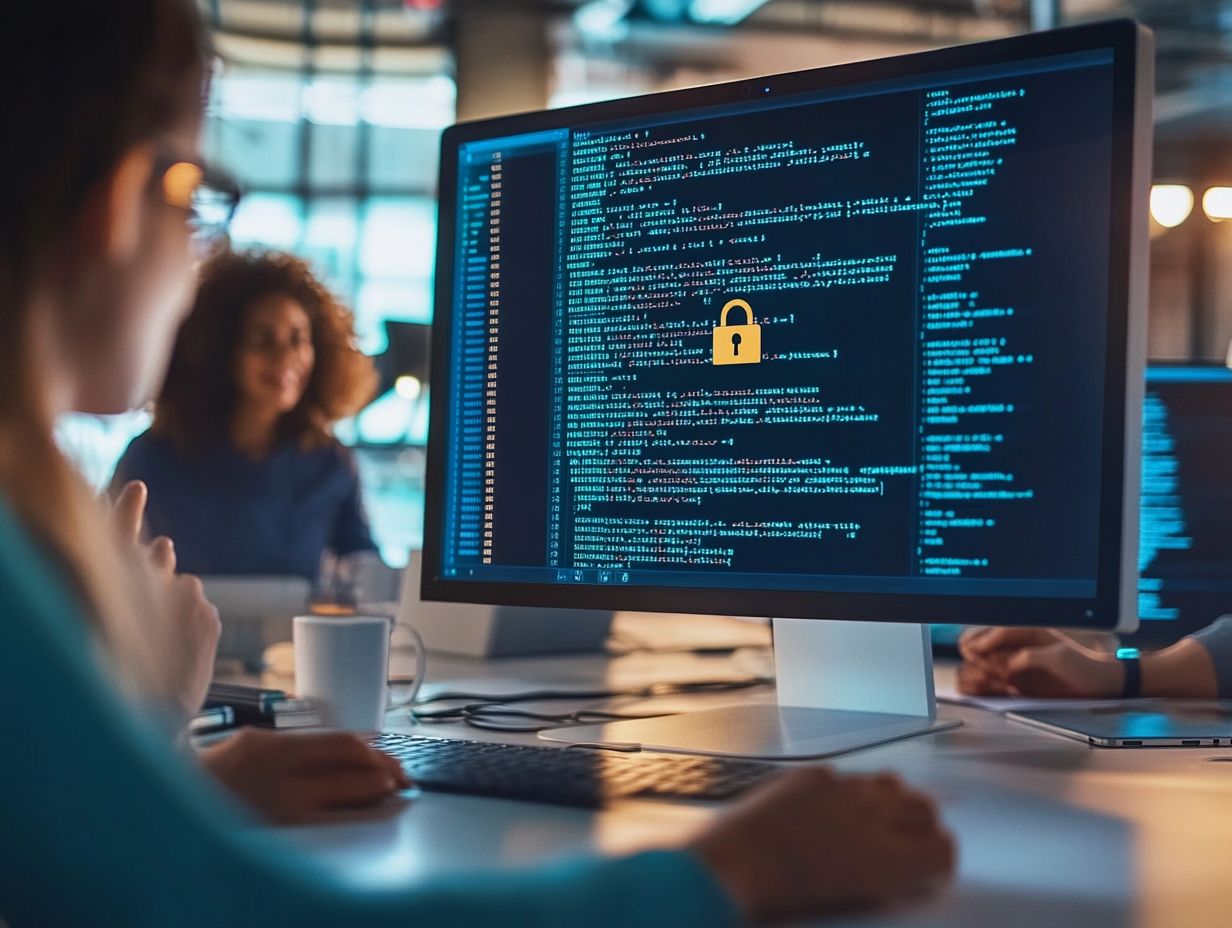
Copyright protects the original expression of software and promotes creativity and innovation in the industry.
- Code, interfaces, and user interfaces can be protected by copyright.
- Copyright affects collaboration and innovation in software development.
- It provides legal remedies for infringement.
Understanding Copyright and Software
If you’re a developer, understanding copyright is a must! It offers essential legal protection for your original works, including software programs, under copyright law.
This legal framework safeguards your rights to your own ideas and creations and streamlines the registration and enforcement of those rights through systems like the U.S. Copyright Office.
By exploring the connections between software copyright and the broader landscape of intellectual property, you can appreciate how these laws protect creators and foster innovation in the ever-evolving software industry.
Defining Copyright and its Purpose
Copyright serves as a robust legal framework designed to protect your original works, ensuring that you retain exclusive rights over your intellectual property.
This framework prevents unauthorized copying, safeguarding your interests as someone who invests time and resources into your creations.
By granting you the ability to monetize your work, copyright plays a pivotal role in fostering innovation and creativity.
In the software industry, copyright law acts as a vital tool for developers and copyright owners alike.
This protection allows you to defend your creations against piracy and cultivates a marketplace where you can reap the rewards of your hard work and ingenuity.
It gives you the power to explore new ideas and advancements without the looming fear of unauthorized use or distribution.
Copyright Protection for Software
Copyright protection for software is essential, as it provides you, the developer, with exclusive rights to your original creations.
This safeguard prevents unauthorized copying, distribution, and exploitation of your software programs, ensuring that your hard work remains yours and yours alone.
What Aspects of Software are Protected?
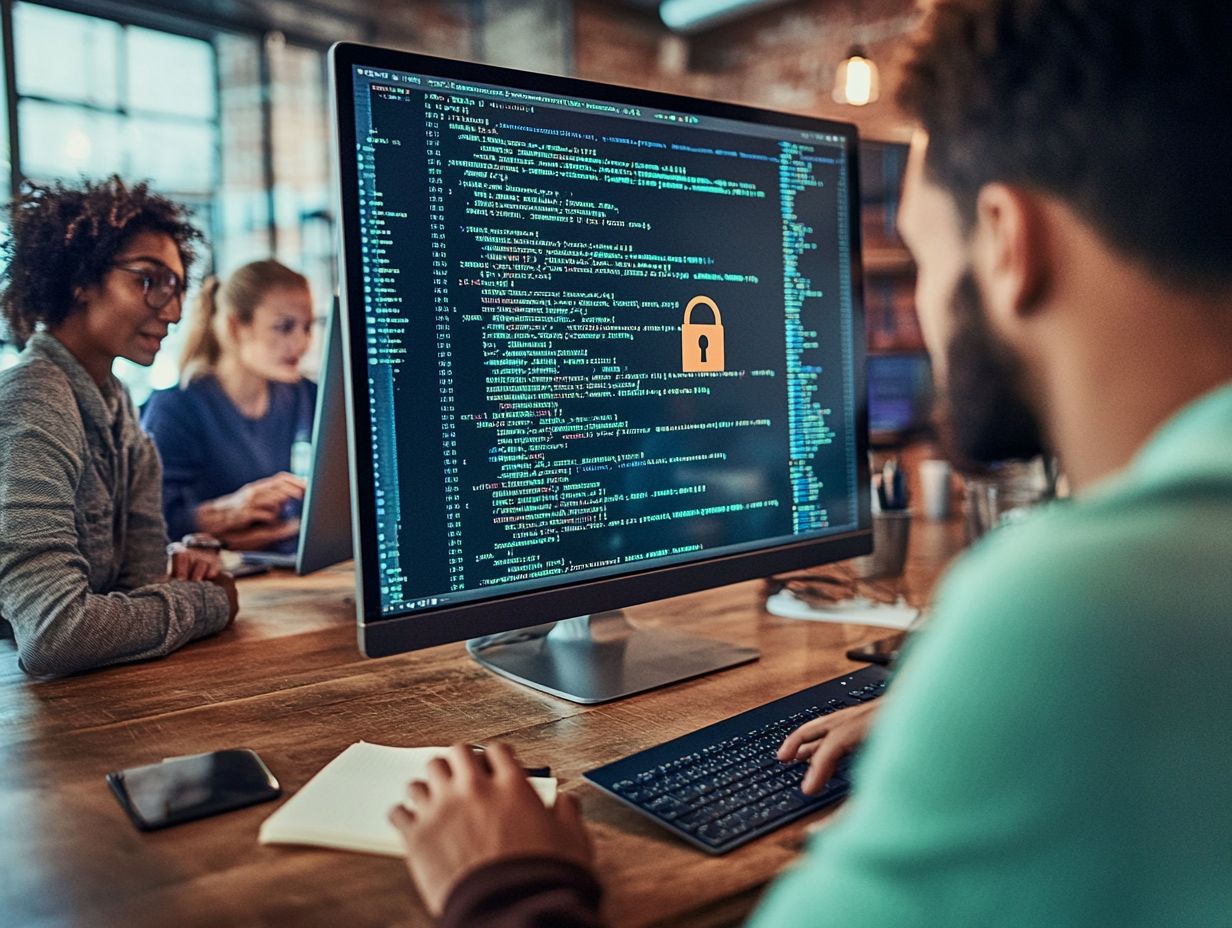
Various aspects of software enjoy the protective embrace of copyright law:
- The code
- Software documentation
- The distinctive elements of the user interface
These protections empower you as a developer to safeguard your intellectual property from unauthorized use or reproduction.
For instance, the original source code crafted for applications like Microsoft Office is copyrighted, making replication or distribution without permission strictly illegal.
Similarly, the meticulously designed user interface of Adobe Photoshop, celebrated for its unique layout and design elements, also falls under copyright protection.
Even the manuals or help documents accompanying these software packages benefit from this shield, providing comprehensive protection for the entire software suite.
How Copyright Affects Software Development
Copyright plays a crucial role in software development, delineating the legal rights of developers.
It shapes the framework for licensing agreements and outlines the potential ramifications of copyright infringement.
Understanding these aspects is essential for navigating the complexities of the software landscape.
Learn how to protect your software creations today!
Impact on Collaboration and Innovation
The impact of copyright on collaboration and innovation in software development is significant. It influences how you share and build upon existing intellectual property while navigating the intricacies of copyright protection and fair use.
This delicate balance between legal restrictions and creative freedom can either nurture a dynamic ecosystem of shared knowledge or stifle progress with overly stringent controls.
For instance, in open-source projects, you can tap into existing code under licenses that encourage collaboration. This promotes innovation while still honoring copyright. Successful initiatives like the Linux operating system showcase how a shared approach can yield robust software solutions.
On the flip side, proprietary software models can dampen collaborative efforts due to their restrictive licenses.
Fair use is essential in striking a balance. It allows you to utilize existing works for transformative purposes without the looming threat of legal repercussions.
Enforcing Copyright in Software
Protecting your rights as a creator is crucial when it comes to copyright in software. This process involves taking legal action against copyright infringement, which can lead to significant statutory damages and the reinforcement of licensing agreements.
By ensuring robust copyright enforcement, you not only protect intellectual property but also foster a culture of respect for creativity and innovation.
Legal Actions and Remedies
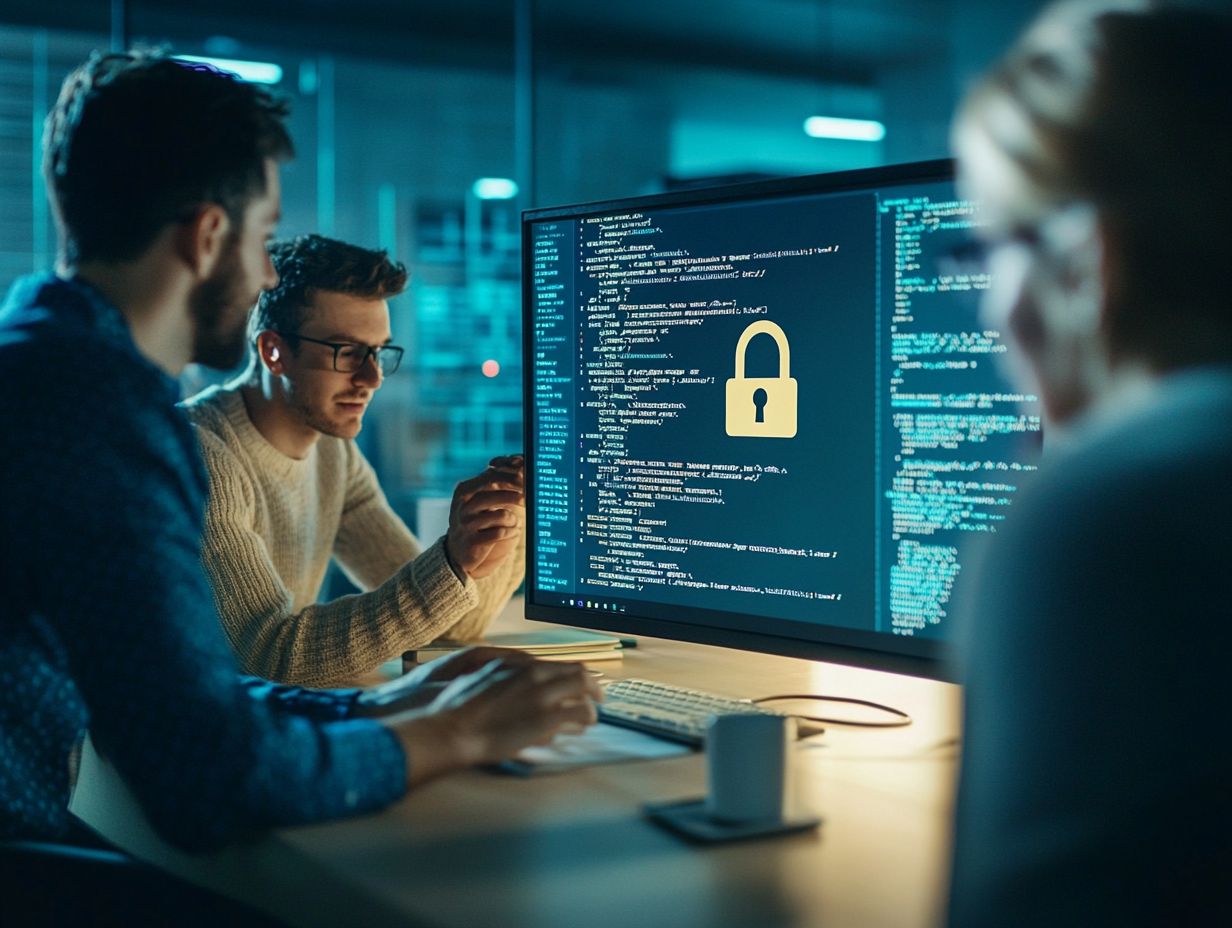
Legal actions and remedies for copyright infringement in software open up various avenues for you as a software developer. You can pursue civil litigation, which is a legal process where you can seek statutory damages and injunctions to combat unauthorized use of your work.
Initiating a lawsuit typically begins with you filing a complaint in an appropriate court, outlining the alleged infringements and the foundation of your claims. Once you’ve filed, the defendant will have a chance to respond, and both parties may engage in discovery to gather evidence.
The possible outcomes of these legal actions can differ widely. They range from monetary compensation to a court mandate that prohibits further infringement. Statutory damages, a predetermined sum you can claim without proving actual losses, act as a strong incentive to protect your work effectively.
Alternatives to Copyright Protection
Alternatives to traditional copyright protection, such as open-source licensing, present you with unique opportunities to share your software creations while maintaining some control over their use and distribution.
This approach not only fosters collaboration and innovation but also empowers you to define the parameters under which your work can thrive in the community.
Open Source and Other Licensing Options
Open source software licensing gives you incredible freedom to share your code while setting up agreements that clearly outline how the software can be used, modified, and distributed.
This licensing approach not only encourages collaboration but also champions transparency in software development.
Key characteristics of open-source licenses include the ability to modify and redistribute, empowering you to innovate and enhance existing software.
Among the most well-known open-source licenses are the GNU General Public License (GPL) and the MIT License, each with its unique stipulations.
For example, the GPL requires that derived works remain under the same licensing conditions, whereas the MIT License adopts a more permissive stance, allowing for closed-source derivatives.
Unlike traditional copyright, which often limits how users can engage with the software, open source nurtures a community-driven model that benefits both you as an individual developer and the broader software industry as a whole.
Frequently Asked Questions
1. What is the role of copyright in software?
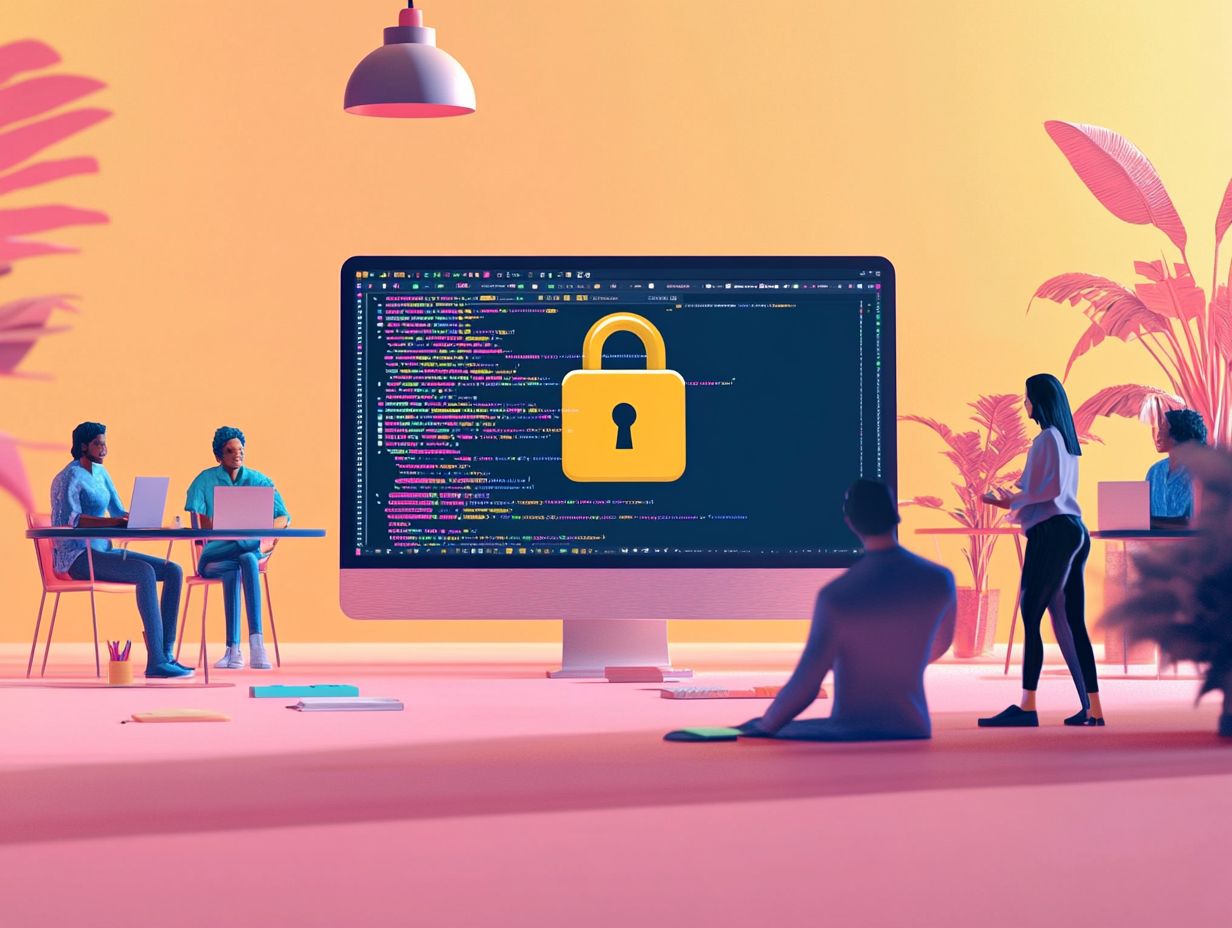
Copyright is a legal protection that gives the creator of an original work, such as software, the exclusive rights to its use and distribution. This means that the creator has the right to control how their software is used, copied, and distributed.
2. [Question not provided]
What aspects of software are protected by copyright?
Copyright protects the code, design, and structure of software. This includes the lines of code and the overall architecture.
It also covers original graphics, user interfaces, the user manual, and other related documents.
How does copyright protect software?
Copyright protects software by giving the creator exclusive rights to control its use and distribution. This empowers creators to take legal action against anyone who uses or distributes their software without permission.
Why is copyright important in the software industry?
Copyright drives innovation and creativity in the software industry! It empowers creators to control their work and earn from it, motivating them to develop new and useful software.
What happens if someone infringes on software copyright?
Infringing on software copyright can lead to serious legal trouble, including fines! The software creator may also be entitled to damages for any financial losses caused by the infringement.
Are there any exceptions to copyright in software?
Yes, there are exceptions to copyright in software. For example, fair use allows for educational or research purposes.
Some software can also be released under open-source licenses, which let people freely use, modify, and distribute the software.

